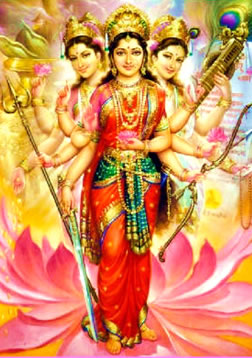Dev
New member
Hello Everybody,
I have always wondered where the actual Bedlah inspirations come from, Looking at historic photographs from the Middle East region I don’t see any resemblance of modern day Belly Dance costumes with folkloric costumes , I have read somewhere Badia Masabini is the first one to adopt a 2 piece costume for her dancers to perform at night clubs to fulfil Foreign tourists imaginations of Harem girls. If that theory is true I would like to know where Badia got her inspiration from?
Thank you all.
I have always wondered where the actual Bedlah inspirations come from, Looking at historic photographs from the Middle East region I don’t see any resemblance of modern day Belly Dance costumes with folkloric costumes , I have read somewhere Badia Masabini is the first one to adopt a 2 piece costume for her dancers to perform at night clubs to fulfil Foreign tourists imaginations of Harem girls. If that theory is true I would like to know where Badia got her inspiration from?
Thank you all.



